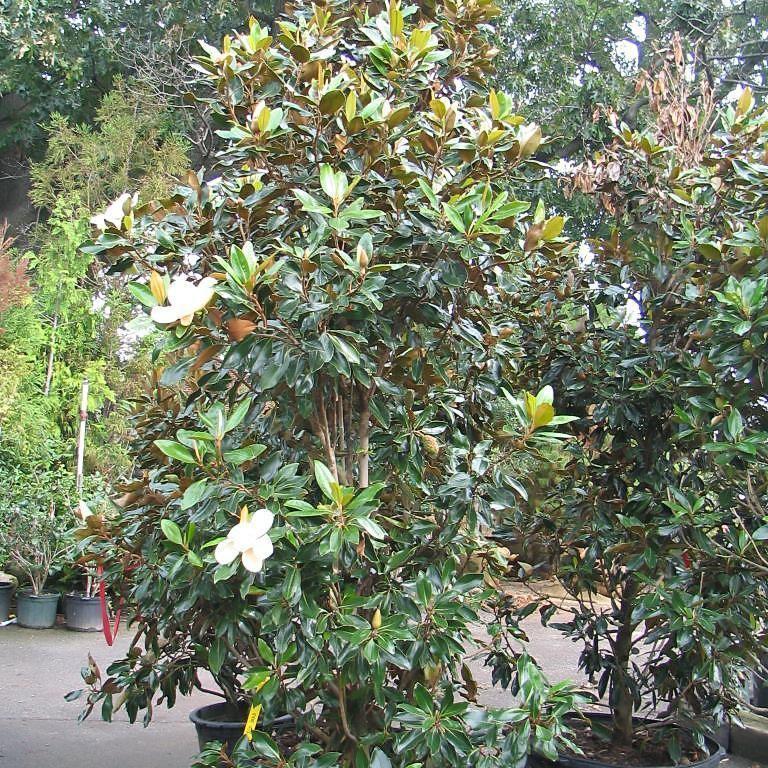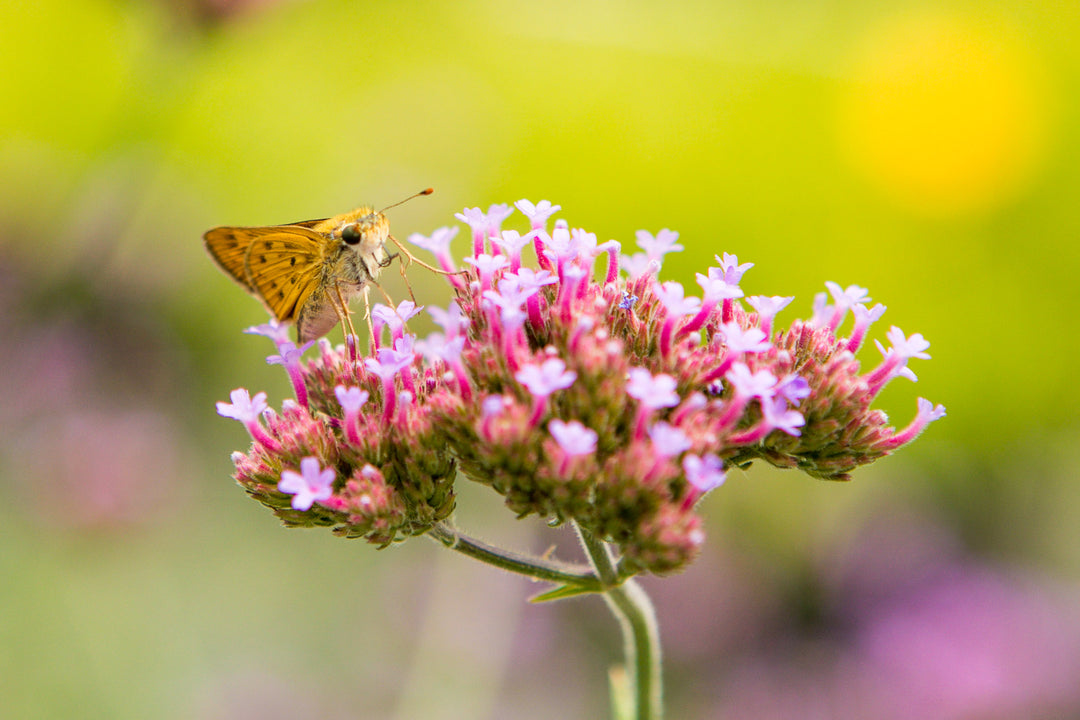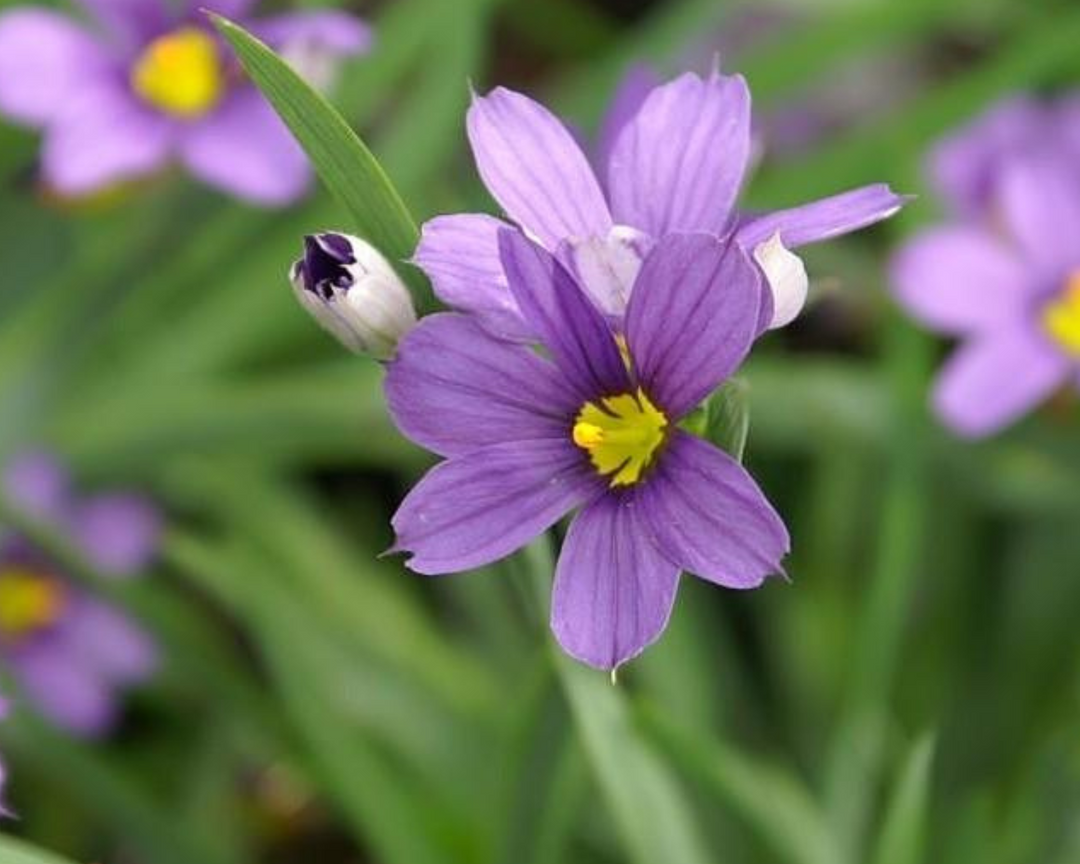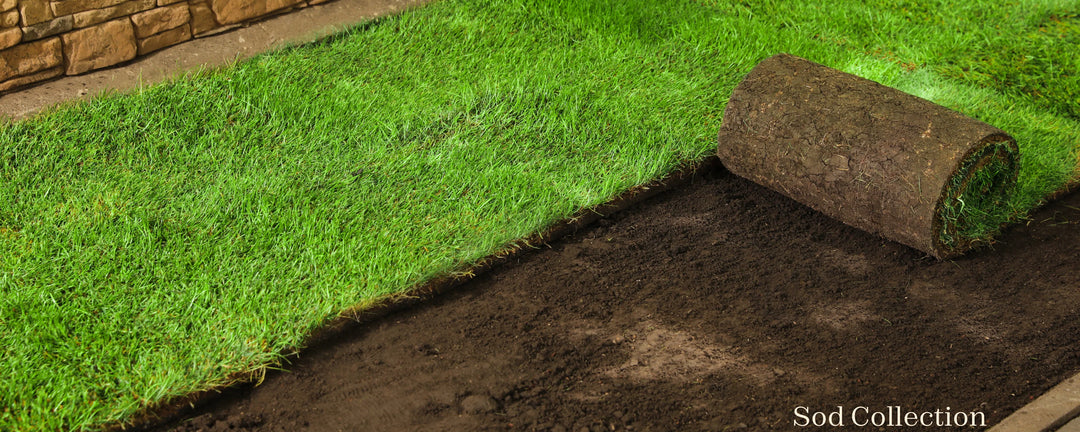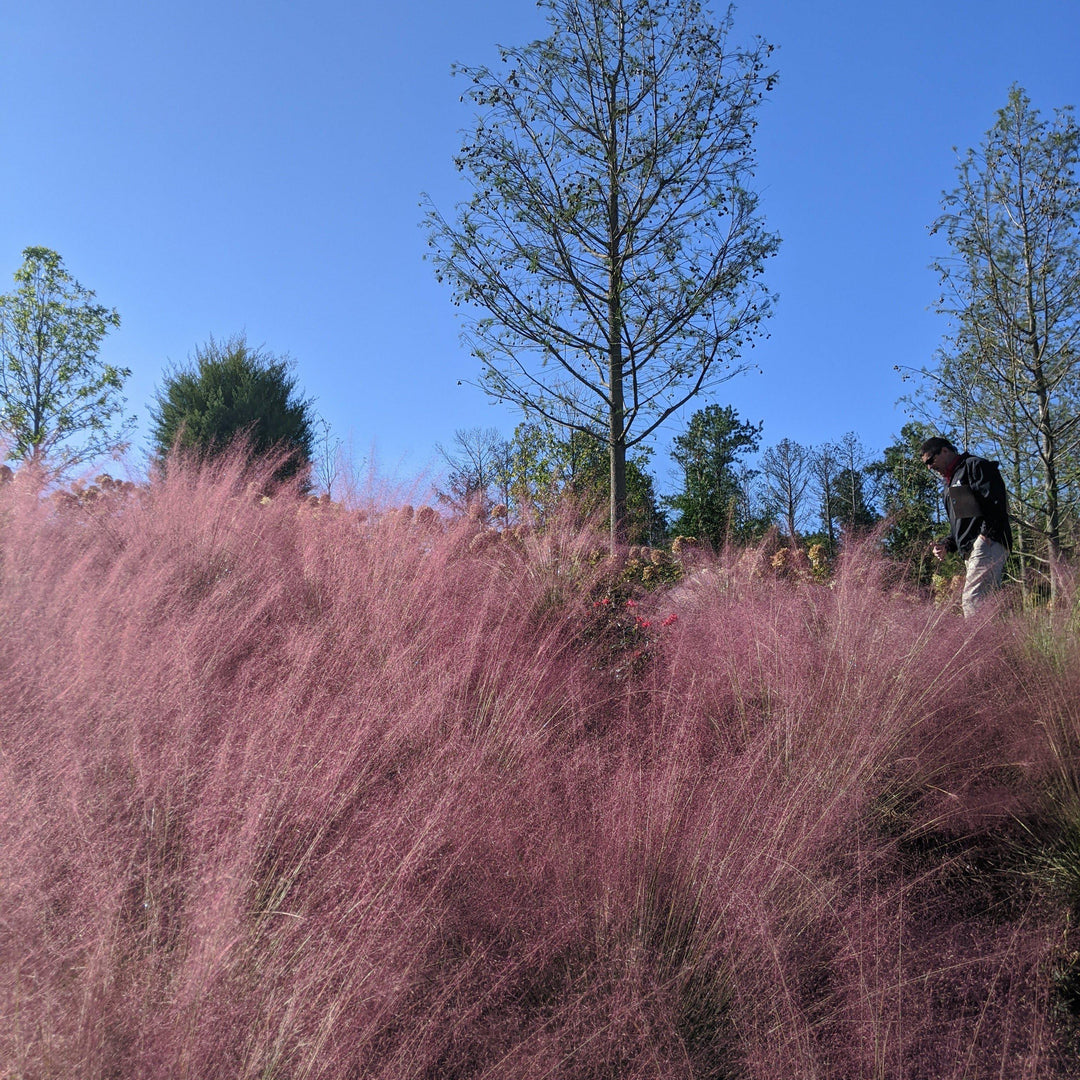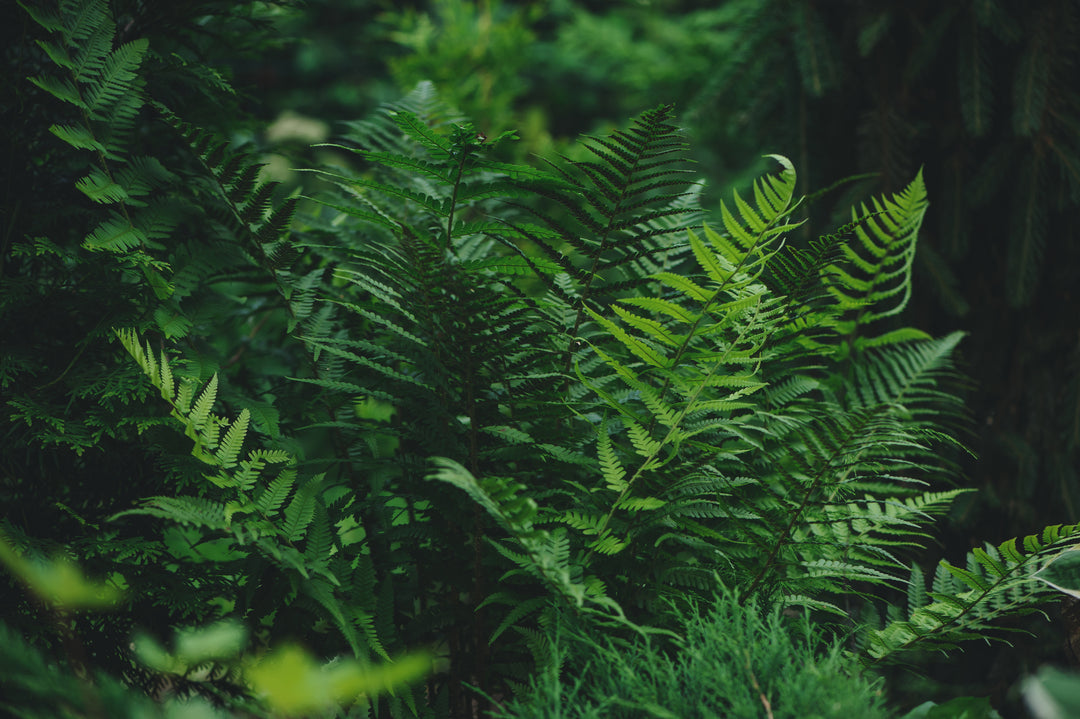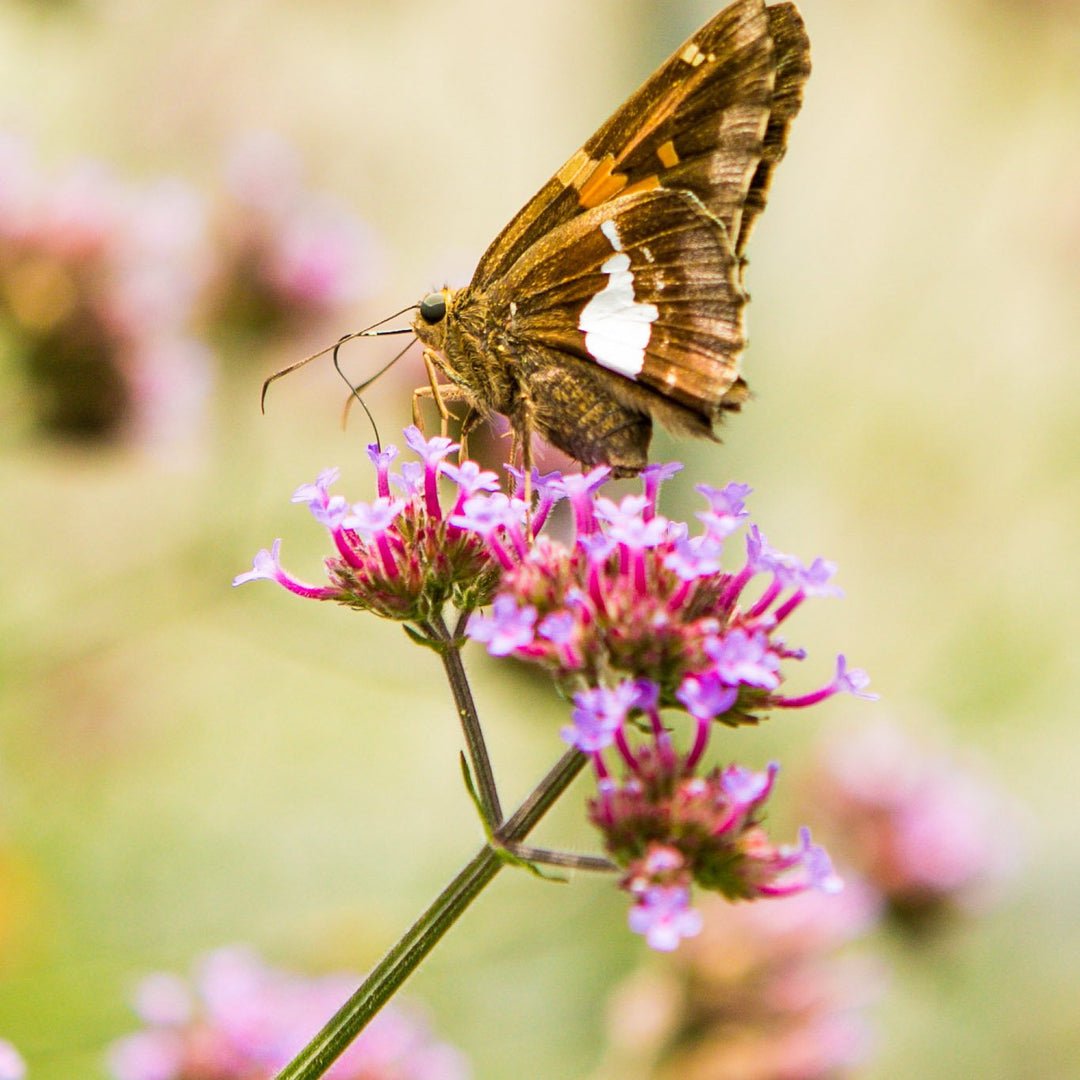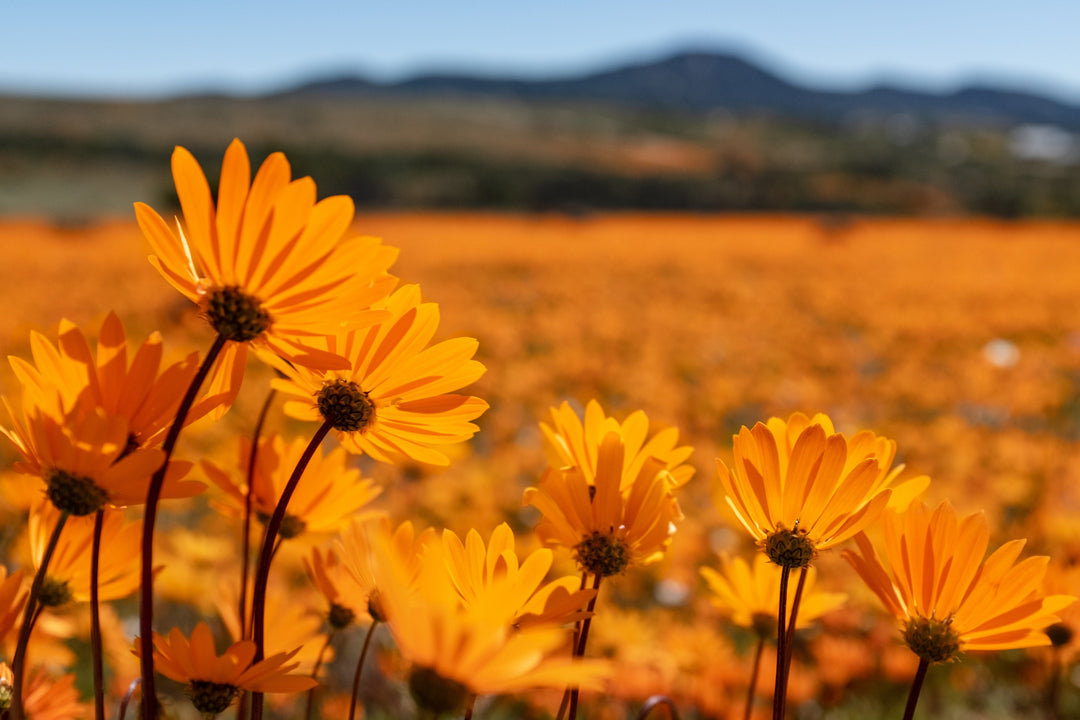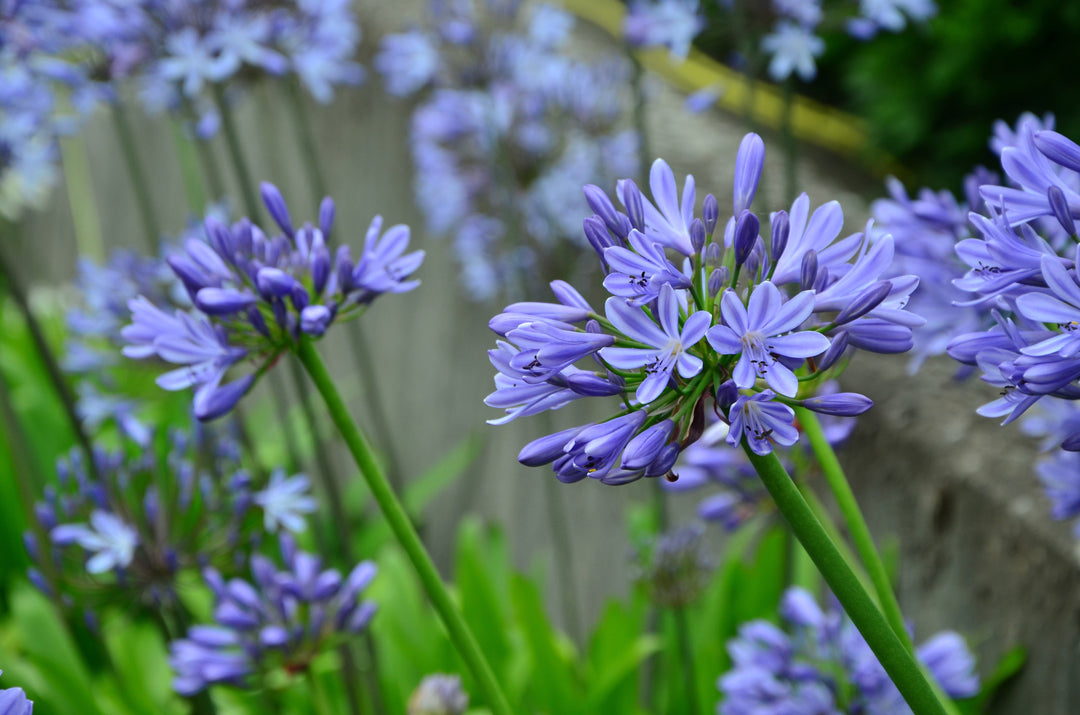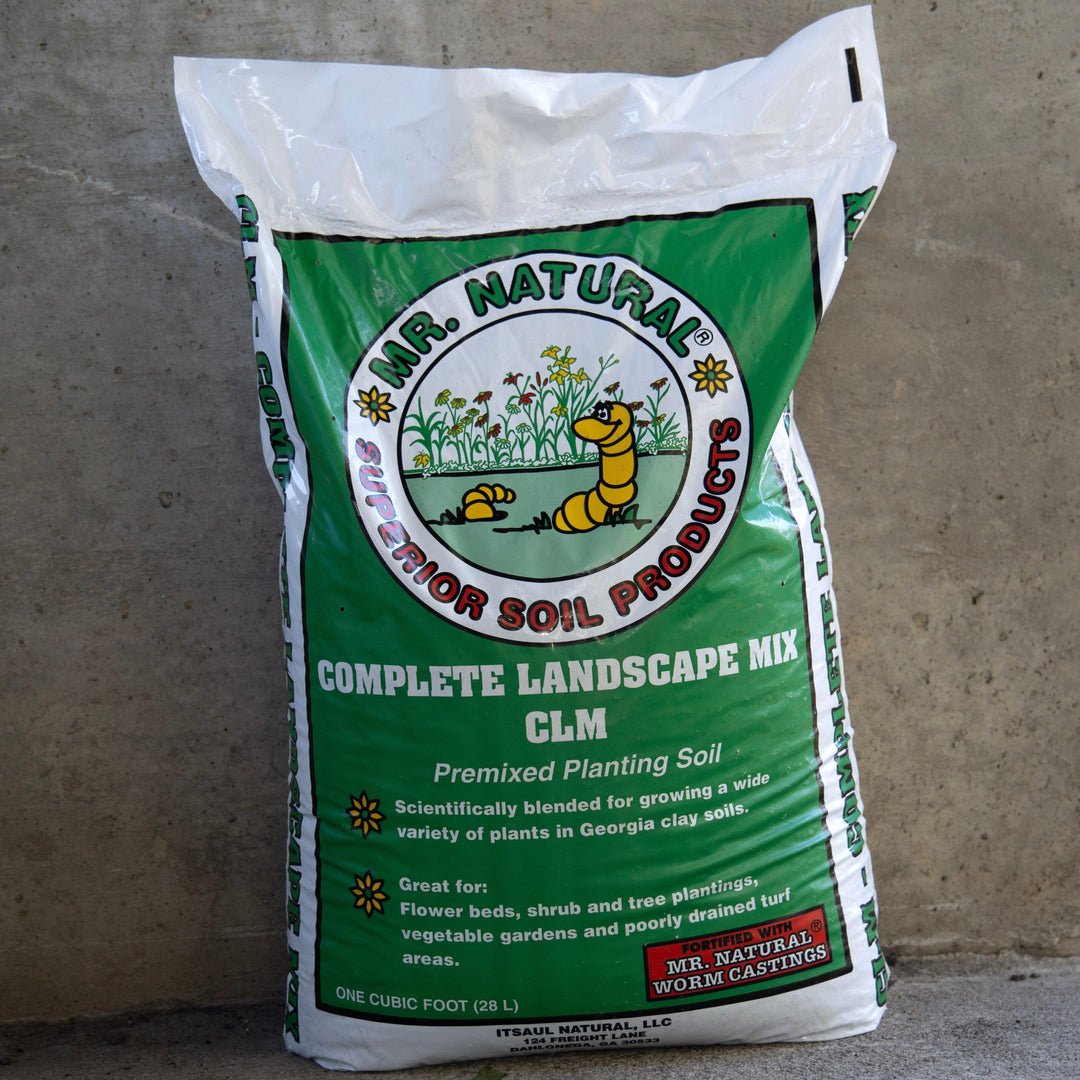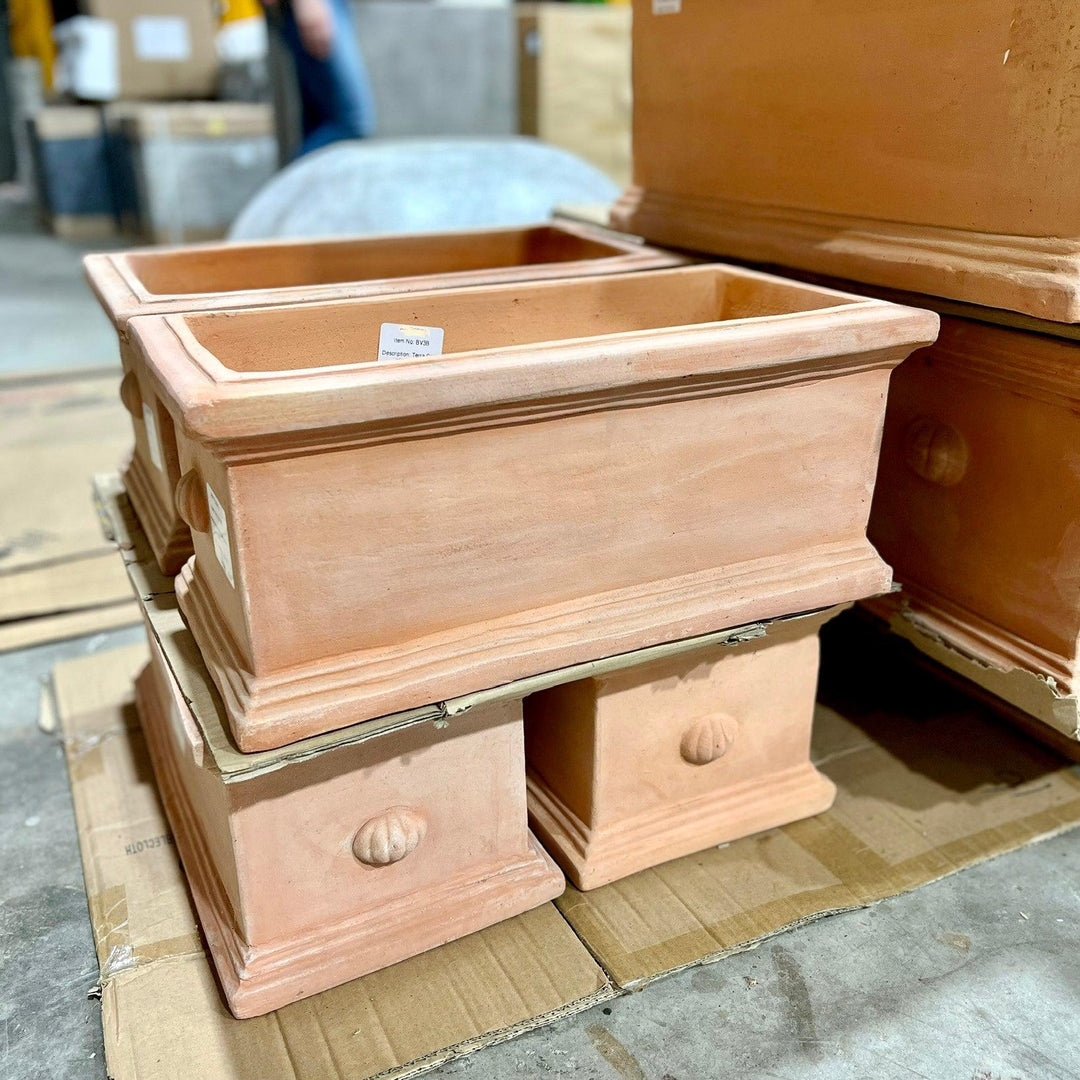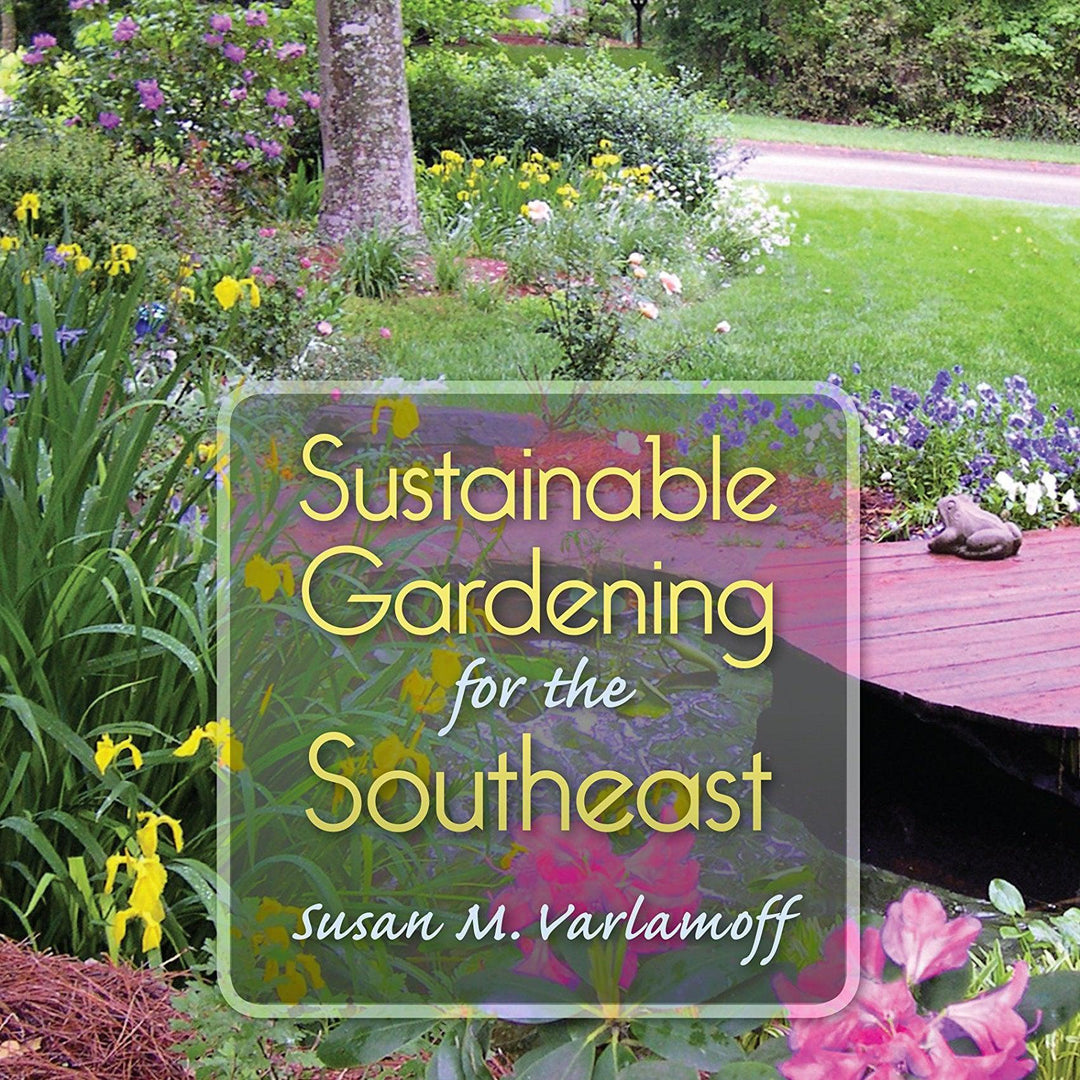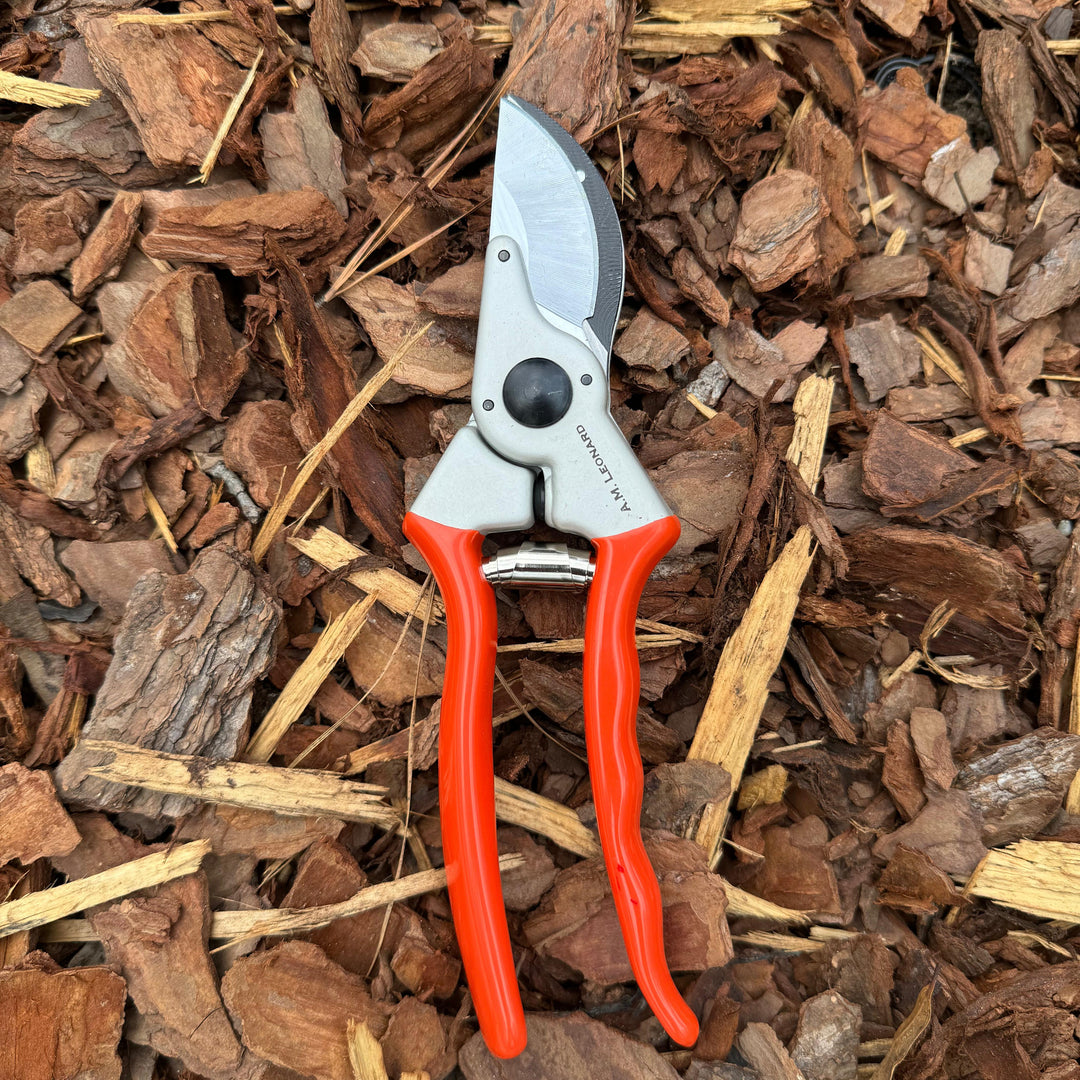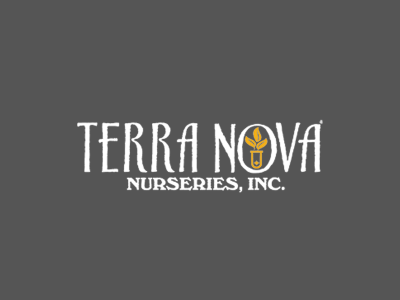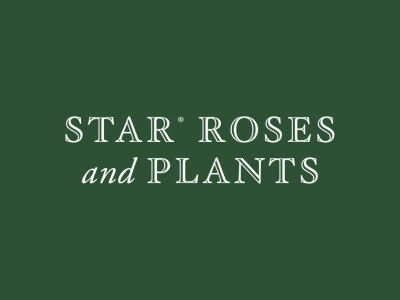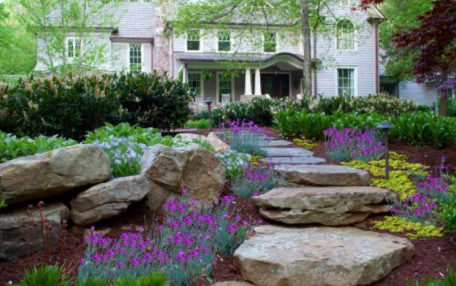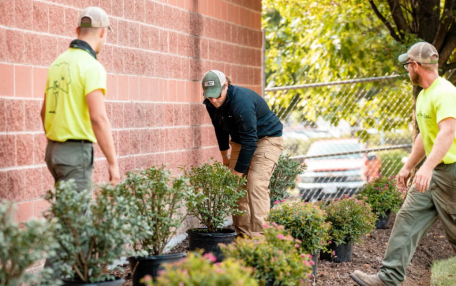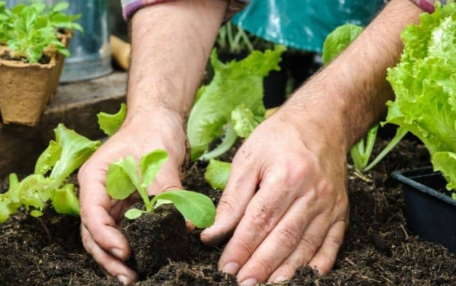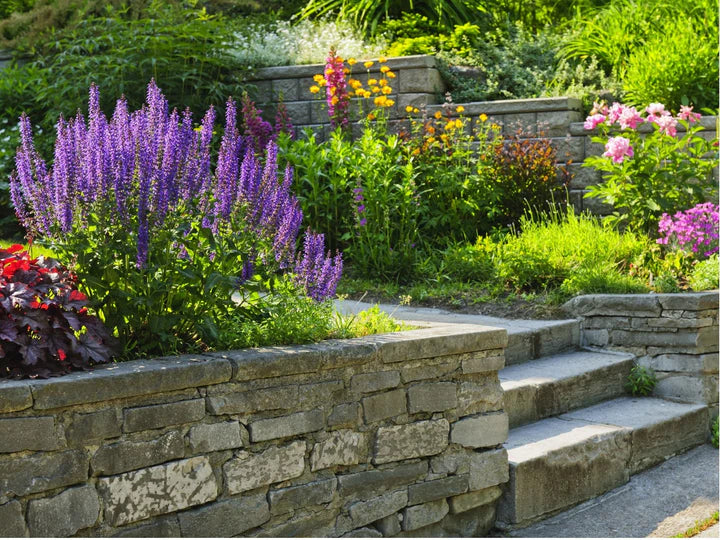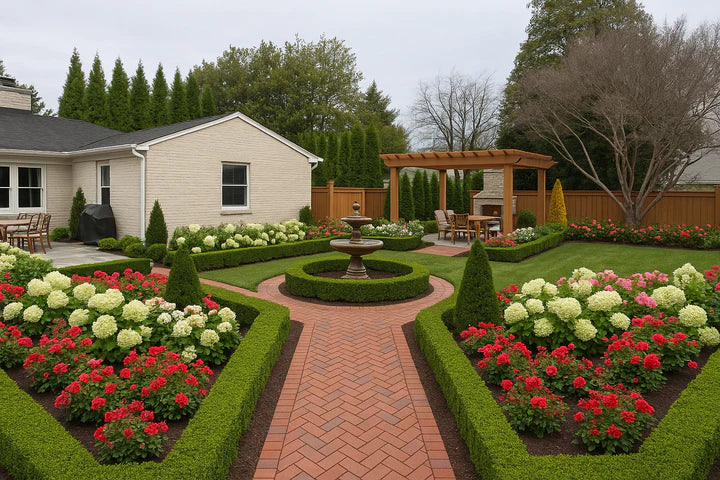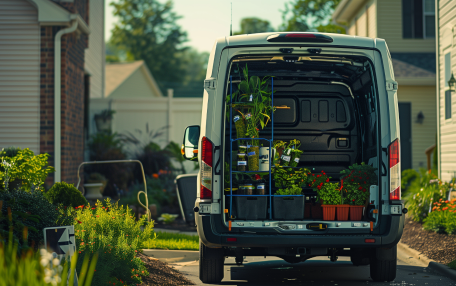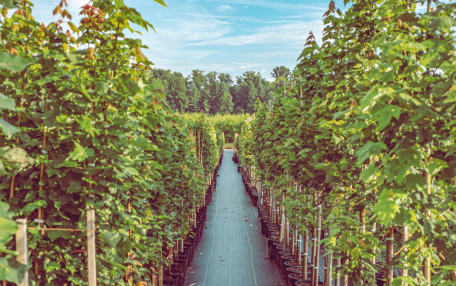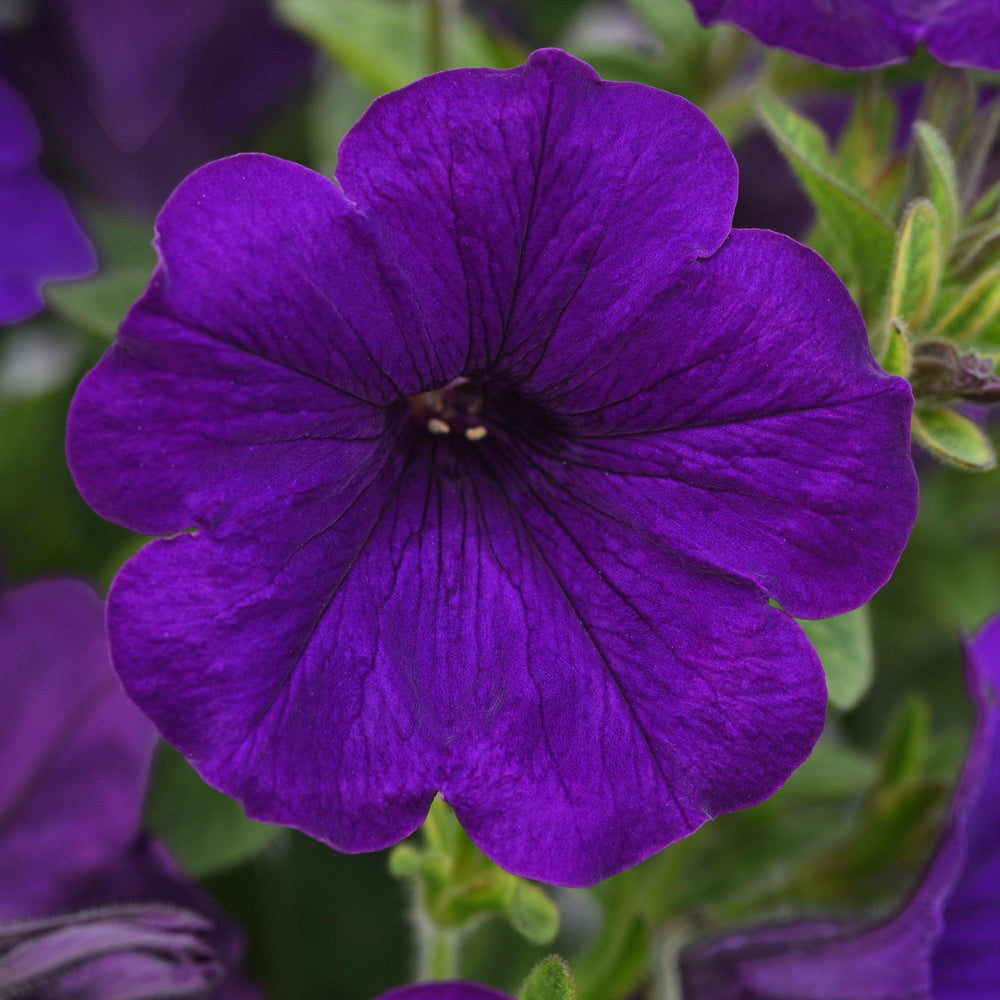Planting for Wildlife: Inviting Nature In—While Keeping the Nibblers at Bay
Gardening for wildlife is about balance. It’s possible to design a landscape that feeds and shelters birds, butterflies, bees, and other beneficial species—while protecting your investment from hungry deer, rabbits, or underground pests like gophers. In the Southeast, where mild winters and long growing seasons support diverse fauna, the right plant choices make all the difference.
Whether you’re planting a pollinator haven, restoring habitat, or simply trying to outsmart a few furry foragers, ServeScape’s wildlife-aware planting guide has you covered.

1. Plants That Support Wildlife
Choose native or pollinator-friendly plants that provide food, shelter, and habitat throughout the seasons. These selections help sustain local ecosystems and attract beautiful and beneficial visitors to your garden.
-
Black-eyed Susan (Rudbeckia fulgida) – Long-blooming with seed heads birds love.
-
Bee Balm (Monarda didyma) – Attracts hummingbirds, bees, and butterflies with vibrant, fragrant blooms.
-
Serviceberry (Amelanchier arborea) – Early flowers for pollinators and berries for birds and small mammals.
-
Elderberry (Sambucus canadensis) – Provides nectar, berries, and cover—ideal for larger spaces.
-
Milkweed (Asclepias spp.) – Host plant for monarch caterpillars and nectar source for many butterflies.
-
Blueberries (Vaccinium spp.) – Edible for humans and wildlife alike, with spring flowers and fall color.
-
Oakleaf Hydrangea (Hydrangea quercifolia) – Native structure plant that supports birds and pollinators.
-
Little Bluestem (Schizachyrium scoparium) – A native grass that provides seeds and overwintering shelter.
Plant with layers—canopy trees, understory shrubs, herbaceous perennials, and groundcovers—to offer diverse food and nesting spaces.
2. Plants That Resist Wildlife Damage
If your landscape doubles as a feeding ground for deer, rabbits, or gophers, opt for selections they tend to avoid. These plants may be toxic, strongly scented, textured, or simply unpalatable to common pests.
-
Yarrow (Achillea millefolium) – Aromatic foliage, deer- and rabbit-resistant, loved by pollinators.
-
Russian Sage (Perovskia atriplicifolia) – Silvery foliage and late blooms; rarely browsed by deer.
-
Lamb’s Ear (Stachys byzantina) – Soft, fuzzy leaves that deer and rabbits dislike.
-
Catmint (Nepeta spp.) – Fragrant, floriferous, and resilient to nibbling.
-
Butterfly Weed (Asclepias tuberosa) – Both deer-resistant and pollinator-attracting.
-
Boxwood (Buxus spp.) – Dense evergreen structure and generally ignored by deer.
-
Coreopsis (Coreopsis verticillata) – Tough, drought-tolerant native that holds its own against browsing.
For gopher-prone areas, consider installing wire baskets when planting vulnerable perennials or bulbs and avoid soft-rooted favorites like tulips or hostas in those zones.

3. Strategies for Wildlife-Friendly, Pest-Smart Planting
-
Design for Zones: Place deer-resistant and tougher plants along the perimeter or in exposed areas; tuck wildlife-attracting (but more vulnerable) selections closer to the home or within fenced areas.
-
Use Massing: Grouping less-palatable plants in masses can deter browsing. A lone tasty plant is more likely to be targeted than one surrounded by deterrents.
-
Layer with Purpose: Dense groundcovers can deter digging pests while providing cover for helpful ground-dwelling species like toads or native lizards.
-
Provide Water and Shelter: Birdbaths, stone piles, brush habitats, and native grasses all offer support without relying solely on food plants.
4. Beauty, Balance, and Biodiversity
The most rewarding gardens aren’t always the most perfect—they’re the ones full of life. With smart plant selection, you can build a landscape that nurtures wildlife while keeping plant damage under control. Blending habitat-friendly design with pest-savvy choices gives you the best of both worlds: a thriving, balanced outdoor space that works in harmony with nature.
Need help planning a wildlife-aware garden?
ServeScape’s InstaScape tool makes it simple to choose plants that fit your goals—whether you’re feeding pollinators or fending off deer. Create a custom, professionally informed plan in minutes—no guesswork, just great design.
[Start your InstaScape now → Here]

